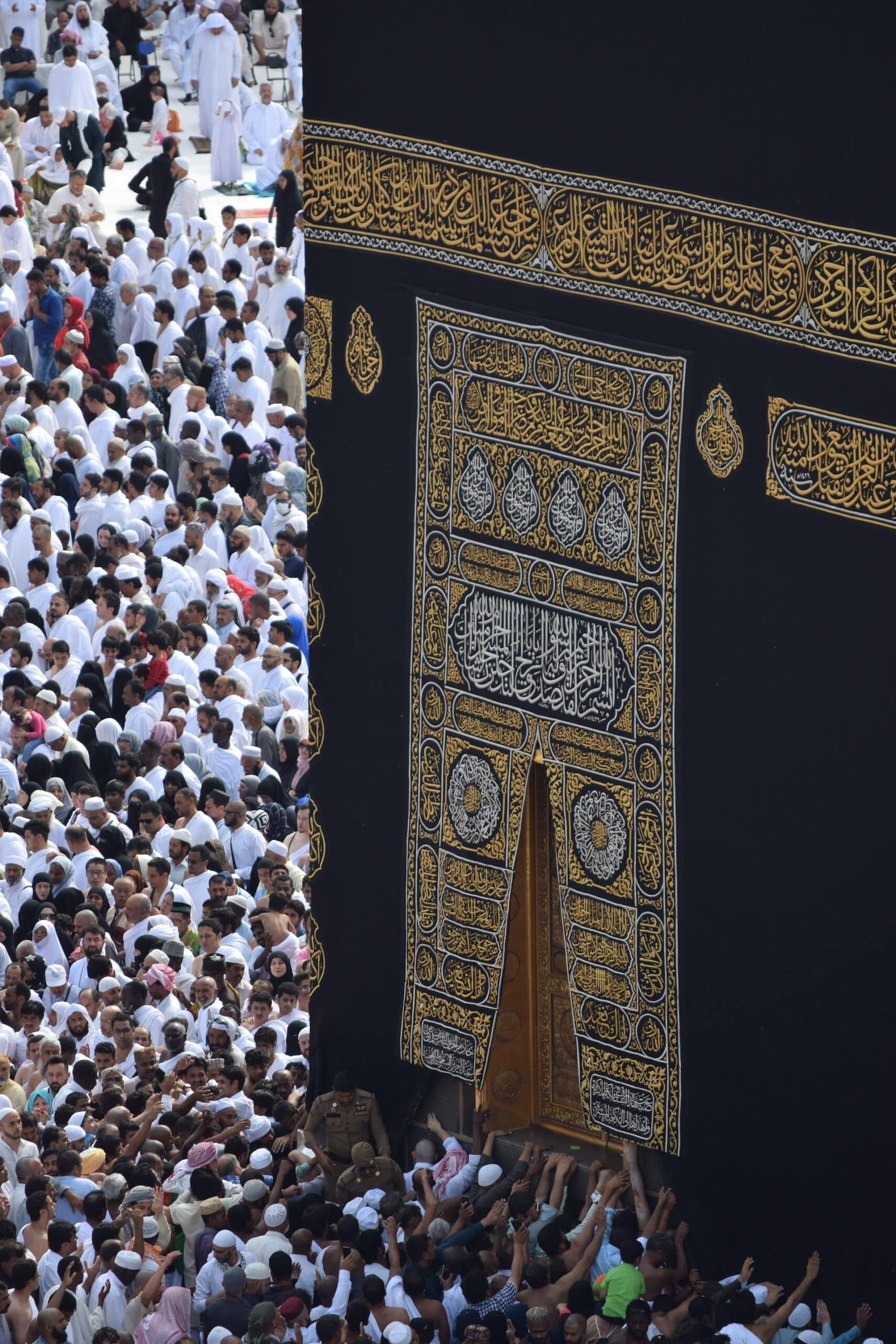In what is anticipated to be the largest Hajj pilgrimage in recorded history, over 2.5 million Muslims are expected to participate this year, as Saudi Arabia relaxes the stringent Covid-19 restrictions that have been in place since 2020.
The annual pilgrimage, one of the Five Pillars of Islam obligatory for all able-bodied and financially capable adult Muslims, commenced on Sunday in Mecca with the tawaf – the ritual of circumambulating the Kaaba, the cube-shaped structure at the heart of Islam’s most sacred site.
A representative from the Saudi Ministry of Hajj and Umrah announced, “This year, we will witness the largest Hajj pilgrimage in history”. The increase in attendees marks a significant rise from the severely reduced numbers of the past few years due to the pandemic: a mere 10,000 in 2020, 59,000 in 2021, and a capped one million in 2022.
For some, such as 65-year-old Abdelazim from Egypt who managed to amass the $6,000 required for the pilgrimage over two decades, these are “the most beautiful days” of their lives.
Following the initial rites at the Kaaba, the faithful will journey to Mina, approximately 8km from Mecca’s Grand Mosque, al-Masjid al-Haram, and subsequently to Mount Arafat, revered as the location of Prophet Muhammad’s final sermon.
Preparations have been made in Mina to accommodate the crowds, with necessary provisions in place and security forces on the ground. However, this year’s Hajj presents an additional challenge, as pilgrims are set to endure the sweltering heat of nearly 45 degrees Celsius, the dates for the pilgrimage being dictated by the lunar calendar.
Saudi authorities have mobilised more than 32,000 health professionals and an extensive fleet of ambulances, poised to respond to instances of heatstroke, dehydration, and exhaustion.
The Hajj pilgrimage, a journey both physically and emotionally strenuous, serves to purify believers of their sins and cultivate a closer connection with God. This year, the pilgrimage takes place between 26th June and 1st July, with the celebration of Eid al-Adha scheduled for 28th June.
Despite the costliness of the journey, it fosters hope amongst many who, despite living in areas ravaged by conflict, poverty, or occupation, diligently save whatever funds they can to afford the pilgrimage. Among the participants this year, groups have journeyed from Gaza, whilst pilgrims from northwest Syria have travelled through Turkish border crossings, and Yemenis have boarded the first direct flight to Saudi Arabia since 2016.
Image Credit: Haidan on Unsplash



















